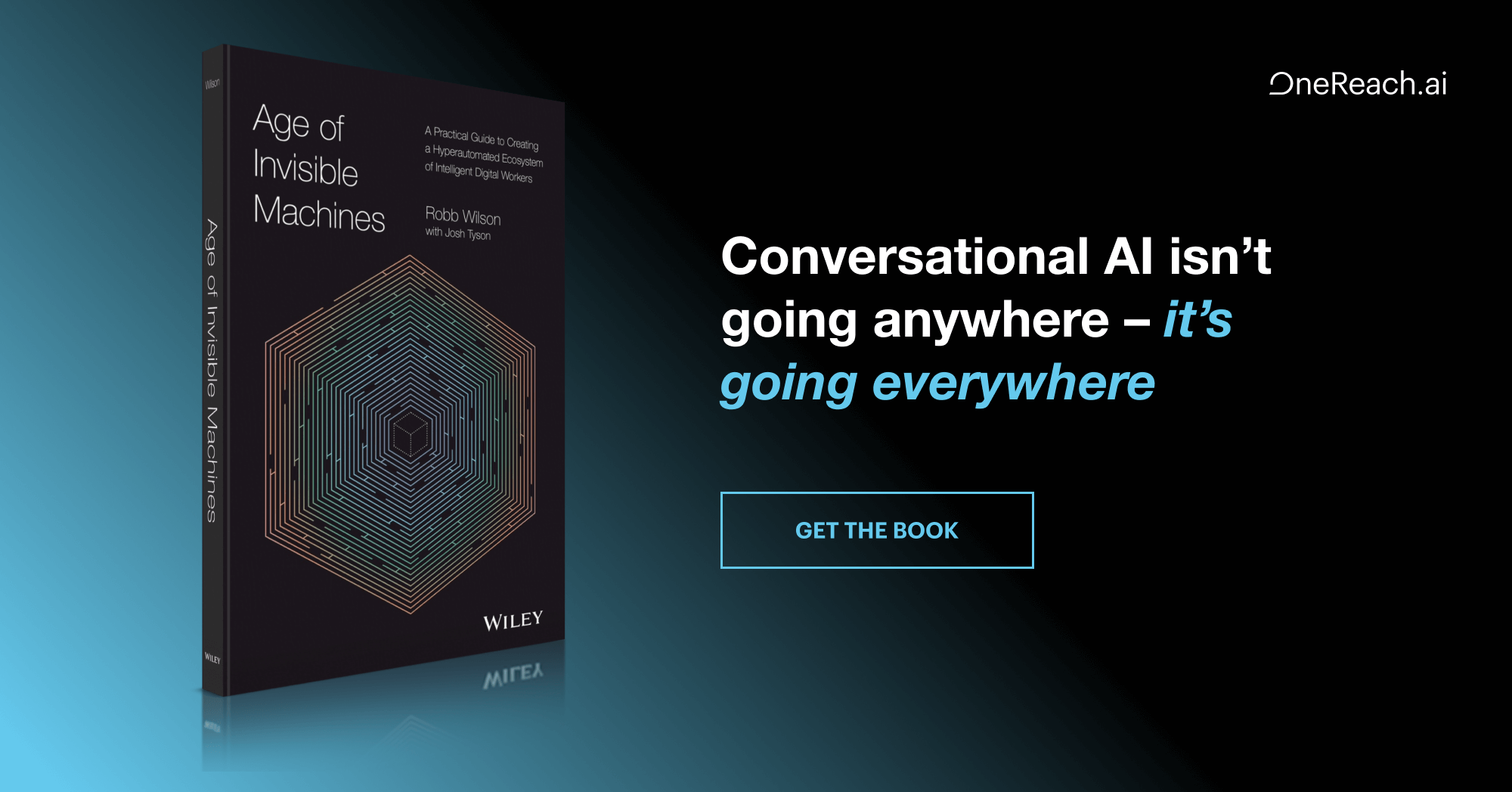During a recent conversation with my father-in-law, an architect with nearly 40 years of experience, I couldn’t help but notice the parallels between his work and mine. As he detailed his design process and thinking to me—sharing his extensive design insight—I was reminded of my own process and thinking. Obviously, the tangible results are quite different, but there is common ground in the way that we view the world, and the way that we think about design.
Architects are, of course, a type of designer, but the work of a good architect is not just about designing a space that is beautiful. It’s about balancing aesthetics with usability—precisely what we are tasked with as user experience designers. Moreover, architects solve problems, crafting solutions that embody balance. The late American architect Buckminster Fuller once said, “When I am working on a problem I never think about beauty. I only think about how to solve the problem. But when I have finished, if the solution is not beautiful, I know it is wrong.”
The Architect’s Design Process
Renowned American architect Hal Box identified the start of the design process as the exploration of three worlds that are about to meet: “One world is the site, a place in the community or landscape; another world is the program, the owner’s list of needs and desires; and the third world is the budget.” The site is the physical space the project will occupy, which incorporates not only the possibilities but also the restrictions imposed upon it (zoning codes, building codes, etc.). The program encompasses everything expected from the building, including its content, functionality, audience, etc. The budget is, of course, a reality of almost every design project.
While the program is the heart of the design process, it does not define it—the project is a living thing, adapting as necessary to changing priorities and variables. Architects typically engage in visual problem solving—sketching, diagramming, and fleshing out all aspects of the problem and possible solutions. They sketch, test, and visualize, working toward developing the architectural concept of any given project, which Hal Box poetically defines as the architect’s “visualization of what the building seeks to be.” This phrasing fascinates me because it implies that every project has an ideal form, and every designer simply attempts to interpret its manifestation. It brings to mind a metaphysical concept among artists that they do not themselves create, but rather reveal the form already present within whatever medium they are using.
First century Roman architect Vitruvius posited that all structures must have firmitas, utilitas, venustas: solidity, utility, and beauty. These so-called Vitruvian Virtues refer to the fundamentals (like the foundation), functionality, and, of course, aesthetics. Architects use these three principles throughout the design process, in crafting the overall user experience. In many ways, architectural UX work is much more complicated than it is on the web. An architect works within a defined space—a plot of land, perhaps, or a preexisting structure. The scope of work can be further defined by restrictions or limitations imposed by government and other regulations. From here, the architect must consider the best use of this space, how to best use it in fulfilling the client’s requirements, while also considering users/customers, particularly when it comes to commercial and public spaces.
Architectural facets of usability may include anything from a clearly marked entrance, to an intuitive and logical flow through the hallways/corridors and overall layout of a structure, to signage with appropriate labeling and giving clear directions, among many other things. However, usability is only one of many considerations in developing an architectural solution. In this realm, working within a physical space gives a distinct advantage—an architect can design a solution that will engage all five of a user’s senses. In this way, he or she creates a somewhat more complete user experience than we could ever achieve on the web (as we know it).
Still, architects are, essentially, generalists—they must be able to develop an overarching vision that encompasses all aspects of a problem. During construction, they function as overseers, relying on a team of skilled specialists to help realize their visions. They must be masters of communication to be able to guide their team toward the solutions they’ve developed. The fluidity of their work lends itself to the same sorts of challenges we face in ours—budgetary issues, lack of resources, difficult clients, difficult teams/managers, etc.—which, in turn, requires flexibility of thought from the designer to be able to adapt the work with each changing variable.
UX Designers as Architects?
At this point, I’m certain, you’ve noticed the similarities between what I’ve described in the preceding paragraphs, and our own processes and considerations as user experience professionals. The UX canvas is, of course, the web, which is theoretically limitless, and our sites and applications tend to function as independent worlds that have little or nothing to do with other sites and applications. When we begin a project, we are essentially designing a self-contained community that rarely, if ever, interacts with other sites or apps.
In this way, user experience designers function as urban planners, guiding the orderly development of a community. Our information architecture is the laying of the foundation; navigation design maps out the network of roads, leading to and connecting the various sections of our site. We know that if these elements are not sound, are not intuitive and logical, our community will be difficult and frustrating to maneuver.
User experience designers function as urban planners, guiding the orderly development of a community
The sections and pages of our sites are the buildings, floors, and public spaces of our community, where content, functionality and audience come into play. In order to enhance and bolster the overall site experience, they must work in concert. The roads we build will guide people around our community, but the content must both captivate and fulfill user desires.
Thinking Like an Architect will make You an Awesome Designer
Architecture is a millennia-old design discipline that has passively influenced our work on the web. Awareness of the connections and similarities between our professional realms can help us to actively improve our work. By studying the successes and failings present in the world around us and understanding what goes into the design process that leads to the structures and spaces we see all around us we can more fully appreciate our experiences with them. In every space we enter and interact with, there is an opportunity to learn and grow as an experience designer.
The next time you’re driving (or riding) somewhere, pay careful attention to the roads taken. Are they clearly labeled? Is the navigation intuitive? Can you easily get where you need to go? For example, you may find an exit that’s only on one side of the freeway, or signage that is nonexistent or obscured by trees or other elements of the landscape. When visiting department stores, “big-box” retailers, grocery stores, etc., note the layout of the store. If it’s a large chain, does it have the same layout as other branches you’ve visited? Can you find what you’re looking for without asking an employee?
When you get out on the road, or go to a store, you are setting out to fulfill a particular objective—just like users on a site or app. Observe how easily you are able to complete that objective, and where the process can be improved. We are the users of someone else’s product every single day of our lives. By setting ourselves up as testers, we can continually learn valuable lessons in usability, hone our thinking and improve our craft.
Conclusion
The connections between architectural and experience design are undeniable, the thought processes nearly indistinguishable from one another. When we explore other, older design disciplines, their evolution may begin to guide ours, and we may begin to truly innovate. We are truly the architects, the chief builders, of the web, and I’ll leave you with one last thought to consider, from Hal Box: “It’s the architect’s responsibility to develop an architectural concept that will satisfy the client’s program of need, desire, and budget in a way that will enhance rather than damage the surroundings—and do so in a way that will make the client, user, and public grin with pure pleasure.”
Pure pleasure. It’s a lofty goal, but one we strive toward every day.
Image of architect’s plans courtesy Shuttershock







